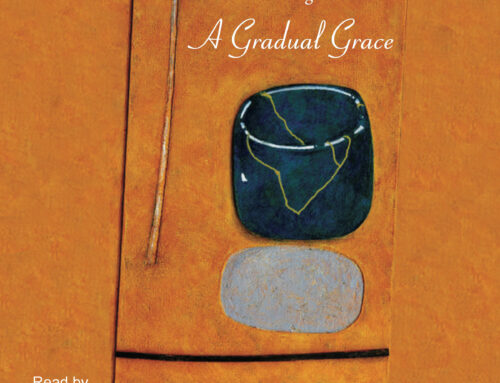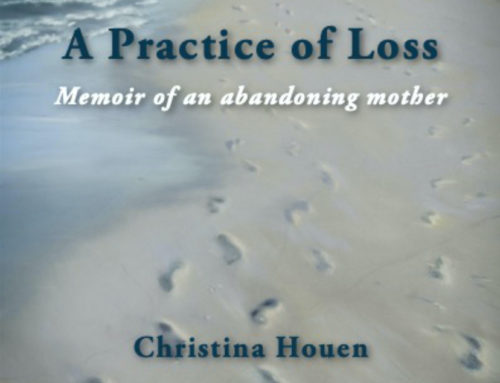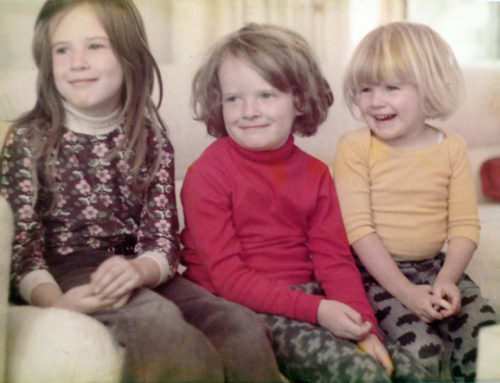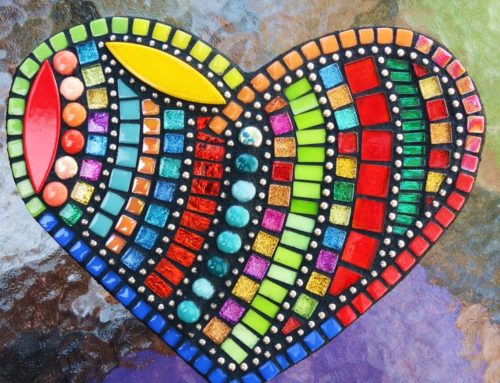I’ve been back nearly a week from a visit to the centre of Australia, and I’m still dreaming of the desert and the people. I travelled on the Ghan from Adelaide to Alice Springs. The train journey was forgettable, apart from the scenery and a very interesting woman I met. But when the train approached Alice Springs, through a gap in the MacDonnell Ranges, I knew I had come to a place I would never forget. The image below gives you an aerial view of the magnificent ranges, and how the town lies at the throat, the gap between the two arms of the ranges. It doesn’t show, of course, the close-up view I had of the scarred, striated, folded rock.

I spent four days in Alice Springs, and saw many wonderful places, and heard fascinating stories from the tour guides of the country, its geology, its flora and fauna, of the early settlers and explorers, and of the Arrernte people’s culture and care of the land.
I went at a time of year when you would expect heat, and it was hot for a couple of days. But the second day I was there it rained, and a cold wind blew, and I had brought no warm things with me. So I caught a taxi to the Araluen Cultural precinct. My mission was to see some of Albert Namatjira’s paintings. I did see some in the gallery, and was a little disappointed not to see more. I looked for a book with reproductions of his paintings in, and the only one they had didn’t have good quality prints. The attendant told me that such books are very hard to get, as, although copyright has at last been restored to the Namatjira family (in 2017), they are still sorting out issues.
I did buy a lovely book by Martin Edmond, Battarbee and Namatjira, Giramondo Press 2014. Edmond says in his note on sources that he was unable to include colour plates of paintings in the book because of the intransigence of Legend Press, who held copyright for six decades until 2017.
But the book was a great consolation for me, as it is a loving and sensitive account of the relationship of Rex Battarbee and Albert Namatjira. Rex was a South Australian farmer who suffered terrible injuries in the First World War. He resurrected himself to become an artist and eventually, the man who met and recognised Albert’s gift as an artist. He mentored him until Albert had become a greater artist than he could ever be. The book is about the lives and pathways of the two men, which converged for a while. It is also about the trajectory of Albert through fame into a somewhat embattled existence. His status as an artist was not enough to shield him from the tensions between white law, his family obligations, the commercialisation of his art, and the ill health that beset him in his last years.
But his triumph is his art. Edmond suggests that his far-seeing eyes enabled him to transform the immense vistas
from space into time: so that, when we look into the far reaches of a Namatjira landscape we are looking back in time towards the beginning…
The book is also a tribute to the modest, ethical, intelligent man who recognised Namatjira’s gift and fostered it without taking ownership of it or trying to turn him into a clone of himself.
I recommend the book to anyone who loves the central desert landscape and its artists, and especially, the art of Namatjira.
Below is an image of a painting by Namatjira of Standley Chasm, one of the stunning land forms I visited in the MacDonell Ranges.




